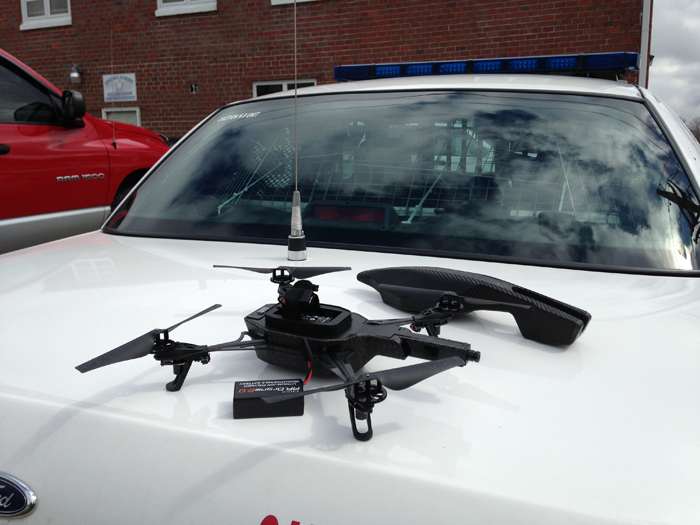
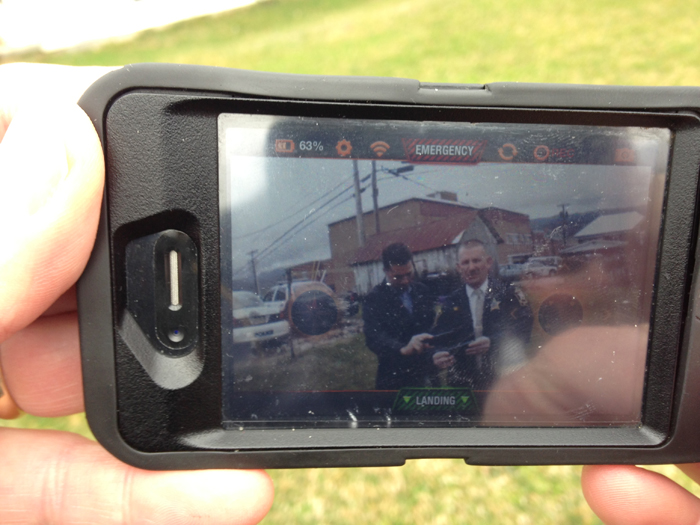
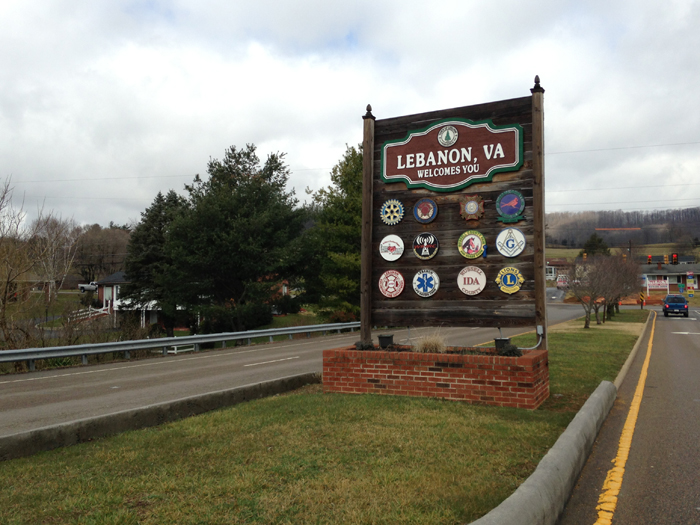
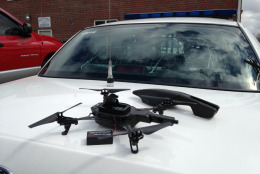
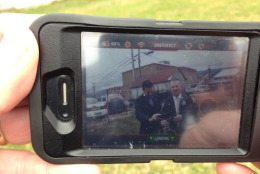
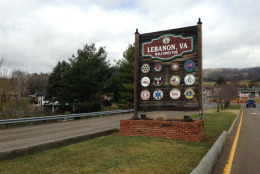
Editor’s note: Some drones are bigger than a jet, weaponized and used in strategic military operations. Others are smaller than a basketball, sent airborne for basic surveillance or weekend recreation.
The label “unmanned aerial vehicles,” or UAVs, is almost a catch-all term covering a wide range of devices that vary greatly in their capabilities and purposes. Yet the use of drones generally sparks intense debate, questions about security versus privacy and even fear.
In the WTOP series “Spy in the Sky,” WTOP examines the types of drones used by the U.S. military and fears about targeted killings, both at home and abroad.
Part 3: Store-bought spies in rural Virginia
available to the public. They include a forward-facing camera and a belly camera.
Operators control the device’s movement entirely through an iPhone screen that shows live pictures from the drone.
“We’re not talking about a military-type drone,” Dye says. “This could almost be referred to as a child’s toy with a camera.”
Dye says the drones interested him for use in two situations, the first being when searching for a missing person.
“It’s human nature to rush in and search that area, and typically you find them,” he says. “But if you don’t, you have contaminated the search area” for the search dog.
The second potential use is in a tactical situation, Dye says, like responding to an armed individual who has a hostage.
Dye says for a couple hundred bucks, the drones can give officers the eyes they need without putting them in the line of fire.
“It’s important to remember that we can’t use this to look anywhere that we couldn’t send a person to look,” he says.
“The whole thing is we can look without exposing the officer to risk.”
The sheriff’s department has not used either drone in an actual response.
See what one of the Russell County drones sees in the video below:
A Russell County drone demonstration:
Related Stories:
- WTOP’s ‘Spy in the Sky’ series
Follow @MollenbeckWTOP and @WTOP on Twitter.







